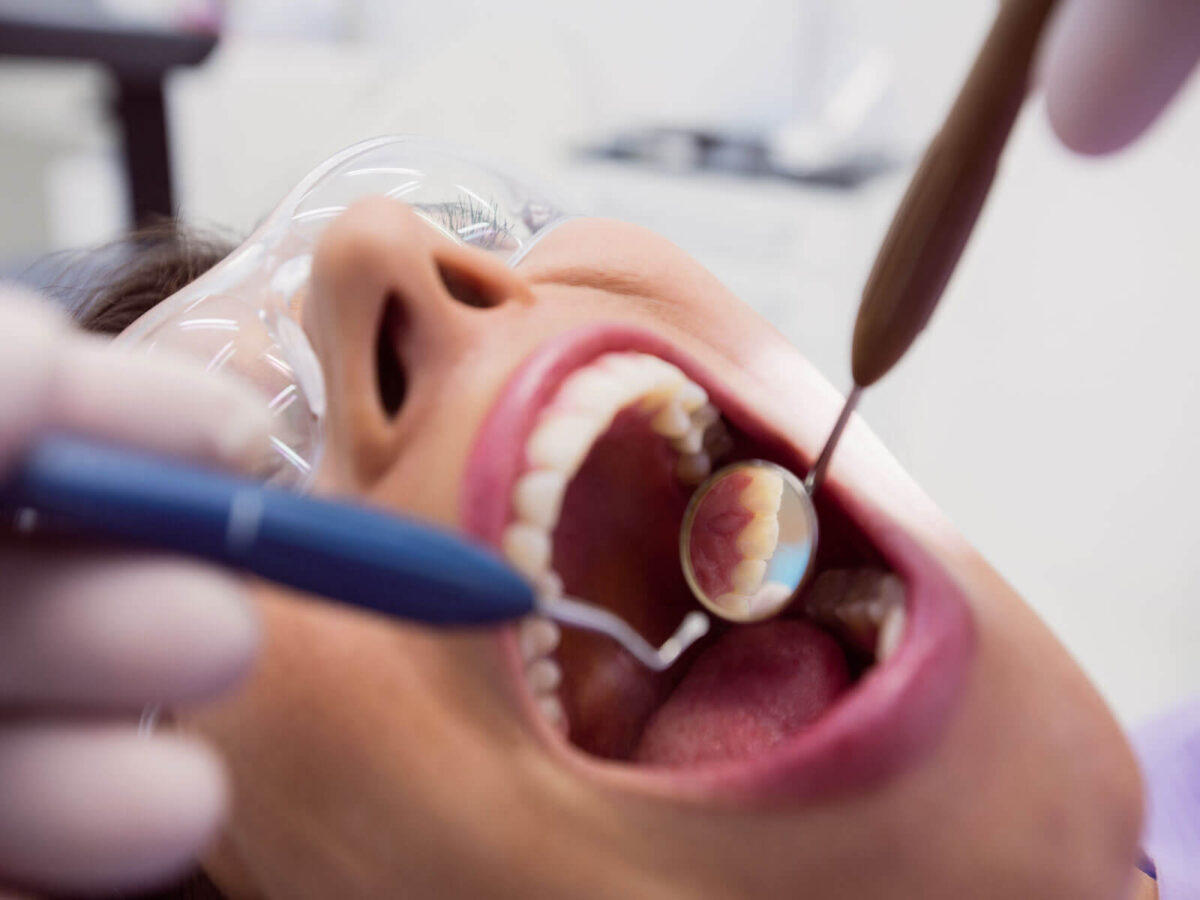Blog
Dental hygiene tips for healthy teeth & gums

Why Get A Root Canal Instead of Only Taking Antibiotics
When faced with a severe tooth infection, one might ponder the effectiveness of antibiotics versus the need for a root canal. This common debate often arises due to a misunderstanding of the purposes and limitations of each treatment. Let’s dive deeper into the reasons behind the preference for root canal therapy over antibiotics.
Root Canal vs. Antibiotics: A Clear Choice for Dental Infections
Antibiotics are powerful drugs designed to combat bacterial infections, halting their growth and spread throughout the body. While they’re typically used for systemic infections, they are not the go-to solution for dental infections. This is where the root canal emerges as the preferred approach.
Root canal therapy, also known as endodontic treatment, specifically targets infections within the tooth. By removing the infected tissue from the pulp chamber and the root canals, this procedure effectively eradicates the source of infection, allowing the tooth to heal.
The Dangers of Antibiotic Misuse
The rampant overuse and unnecessary prescription of antibiotics have led to a concerning rise in antibiotic-resistant bacteria, posing significant challenges in treating infections effectively. To mitigate this risk, healthcare professionals now recommend limiting antibiotic use for dental infections, advocating for endodontic treatments as a more suitable alternative.
Why Root Canals Are Crucial
Although antibiotics can reduce symptoms like swelling and fever, they are not a definitive solution for tooth infections. These infections, nestled within the tooth’s pulp and dentin, require direct intervention. Antibiotics, especially when taken orally, cannot reach the interior of an infected tooth with the same efficacy as a root canal treatment.
During a root canal, the infected pulp is meticulously extracted, and the surrounding area is disinfected. To further prevent reinfection and reinforce the tooth, a crown is often placed post-treatment. This not only restores the tooth’s function but also safeguards its structure.
Preparing for and Recovering from a Root Canal
While antibiotics may not be part of the pre- or post-root canal care, there are other measures to alleviate tooth pain and ensure proper healing. Applying ice packs and rinsing with warm salt water can provide temporary relief from toothache. Over-the-counter pain relievers can also offer short-term comfort.
To minimize sensitivity and pain as you await your root canal, it’s wise to avoid extreme-temperature foods and hard substances. Such precautions contribute to preserving the natural tooth and preparing it for the upcoming procedure.
In conclusion, while antibiotics serve an important role in treating systemic infections, they are not a standalone cure for tooth infections. Root canal therapy presents a focused, effective solution for eradicating dental infections and restoring oral health. Always consult with a dental professional to determine the best course of action for your specific needs.


